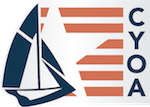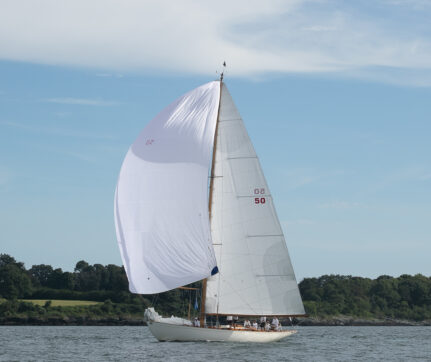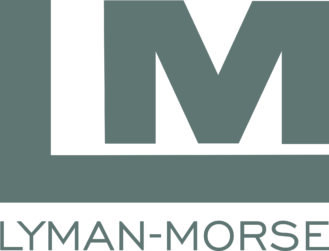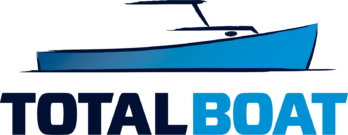Many of our FAQs regarding the formula can be found here and are always being updated.
When CRF was fundamentally revamped in 2017 and re-introduced as ‘ CRF MkII’, the new formulae, factors and resulting ratings were vetted by a careful analysis of years of Classic race results. That review process has continued each year since, with refinements made to the rating calculations based on experience gained during each season of racing. The race analysis has compared the actual performance of boats across the full size, type and age spectrum in the Classic fleet with that implied by their CRF MkII rating. This comparison has been quantified in terms of seconds per mile, the weather conditions and course content have been considered, and the most weight has been given to the results posted by boats that have been regular participants and that have been consistently well equipped, well prepared and well sailed.
A primary mandate for the original development of CRF MkII was that the new system be simple, objective (numbers in and rating out with no subjective adjustments made) and fully transparent. As CRF MkII (currently ‘CRF 2020’) has been refined over the years, its objectivity and transparency has been maintained, but experience has exposed the need for some additional data declarations. Inevitably, this has made the process of applying for or renewing a CRF certificate a bit less simple, and some owners have found that this process has become more onerous, or more frustrating, or both. With this in mind, some explanation of why the additional declarations were requested may be helpful, and no doubt should have been provided sooner.
The first ‘new’ data declaration requested was for ballast weight in 2019. Stability is a primary performance determinant for any sailboat, so heavily ballasted racers like International Rule boats can have a significant performance advantage over boats with more cruising amenities and less ballast. It is important that this difference be reflected in rating, but owners cannot be expected to know the stability of their boat quantitatively, and employing measurers to do actual inclining experiments is neither reasonable nor practical for the Classic fleet. The next best thing is having rating reflect a calculated estimate of stability, for which ballast weight is an important input. For owners who do not have a reliable ballast number for their boat, assistance in establishing a reasonable estimate is available on request from the Technical Committee.
A second ‘new’ data declaration requested for 2019 was for ‘Bm10’, required only for design dates of 1990 or later. This dimension (deck beam at the aft end of the waterplane) was added so that rating could reflect the fact that modern hull shapes with broad beam aft can generate both more stability and more effective sailing length than boats with the narrower sterns typical of the Classic fleet. ‘Bm10’ is not required, and has no effect on rating, for most boats in the Classic fleet.
Requests for sail girths (widths) for mainsails and spinnakers is new for 2020, and they were intended to be for newly built sails only, as the data would be readily available to owners from the sailmaker. These sail girths are just used for data gathering and not for ratings in 2020, and an apology is due to owners for not implementing the ‘new sails only’ part of this request as intended. The intent is to include mainsail girths in ‘CRF 2021’ sail area calculations for newly built sails to reflect the fact that modern sailmaking methods and materials can support roach profiles that are substantially more aggressive than those that are typical of the existing Classic fleet, and this has given those new sails extra area that has been ‘free’ in terms of rating. Similarly, in the interest of simplicity, CRF has been calculating a downwind sail area that includes an assumed spinnaker area that is a function of the height of the chute halyard and the length of the pole and/or spinnaker tack point. To head off teams gaining an unrated advantage by building spinnakers with girths that are larger than those that typical of the Classic fleet, for ‘CRF 2021’ the area for newly built spinnakers will likely include their measured, rather than an assumed, mid width.








